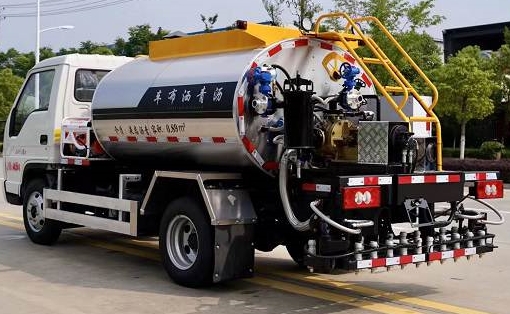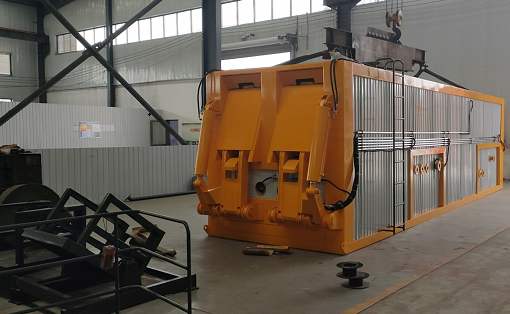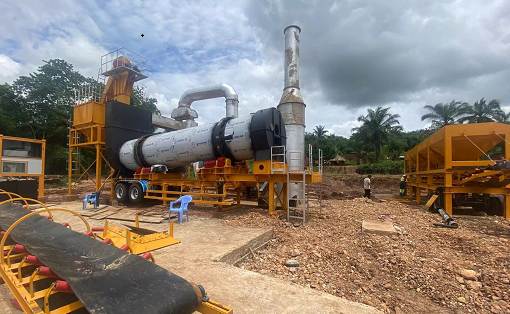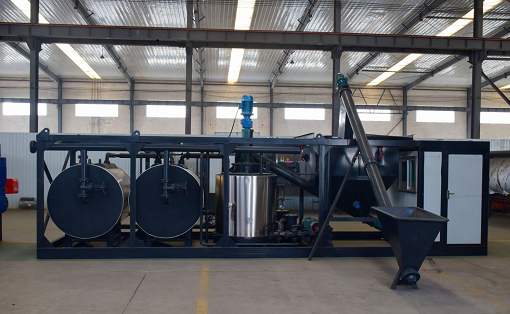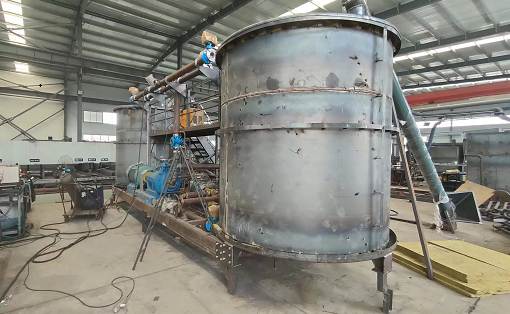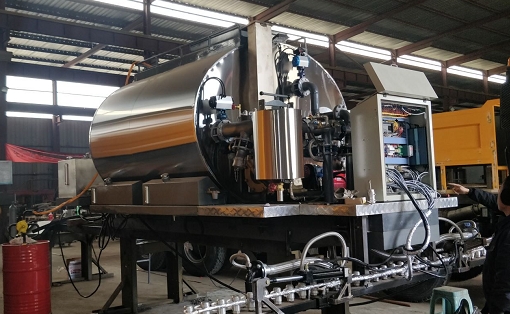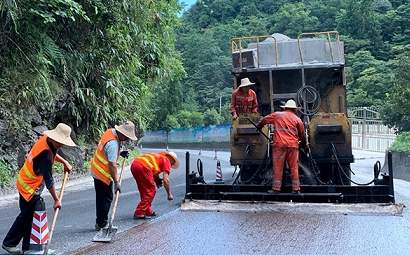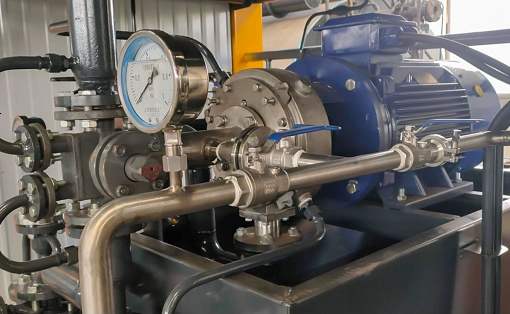How to control the amount of emulsifier when emulsifying asphalt?
When emulsifying asphalt, the temperature of asphalt should be controlled above 130℃ to ensure good fluidity; the amount of BE-1, 2, and A1 emulsifiers is generally 8-14‰ of emulsified asphalt, that is, 8-14kg per ton of emulsified asphalt (asphalt content is above 50%), and the temperature is 60-70℃.
The emulsifier should be used in the upper and middle limits of the first production, preferably 10kg per ton of emulsified asphalt, or 20kg per ton of water (asphalt content is 50%); the amount of BE-3 emulsifier is generally 18-25‰ of emulsified asphalt, that is, 18-25kg per ton of emulsified asphalt (asphalt content is above 50%), and the temperature of the emulsifier solution is 60-70℃.
During the first production, the emulsifier should be used in the middle and upper limit dosage to ensure successful production. It is best to use 24 kg per ton of emulsified asphalt, or 48 kg per ton of water (asphalt content is 50%). After the production goes smoothly, the dosage can be reduced according to actual conditions.
When emulsifying asphalt, the temperature of asphalt should be controlled above 130℃ to ensure good fluidity; the amount of BE-1, 2, and A1 emulsifiers is generally 8-14‰ of emulsified asphalt, that is, 8-14kg per ton of emulsified asphalt (asphalt content is above 50%), and the temperature is 60-70℃.
The emulsifier should be used in the upper and middle limits of the first production, preferably 10kg per ton of emulsified asphalt, or 20kg per ton of water (asphalt content is 50%); the amount of BE-3 emulsifier is generally 18-25‰ of emulsified asphalt, that is, 18-25kg per ton of emulsified asphalt (asphalt content is above 50%), and the temperature of the emulsifier solution is 60-70℃.
During the first production, the emulsifier should be used in the middle and upper limit dosage to ensure successful production. It is best to use 24 kg per ton of emulsified asphalt, or 48 kg per ton of water (asphalt content is 50%). After the production goes smoothly, the dosage can be reduced according to actual conditions.



